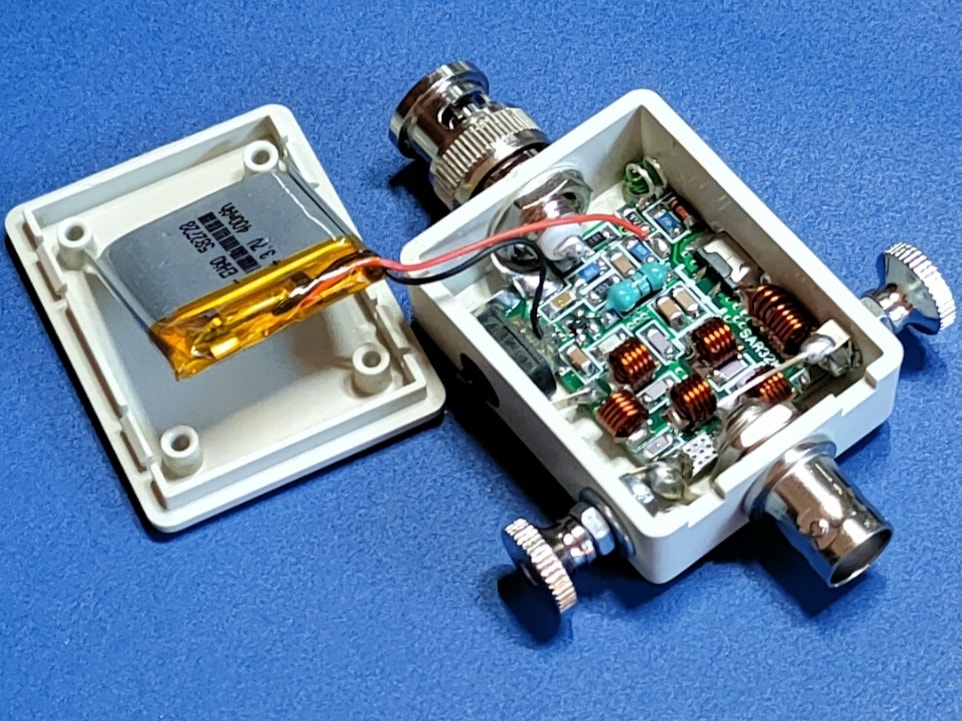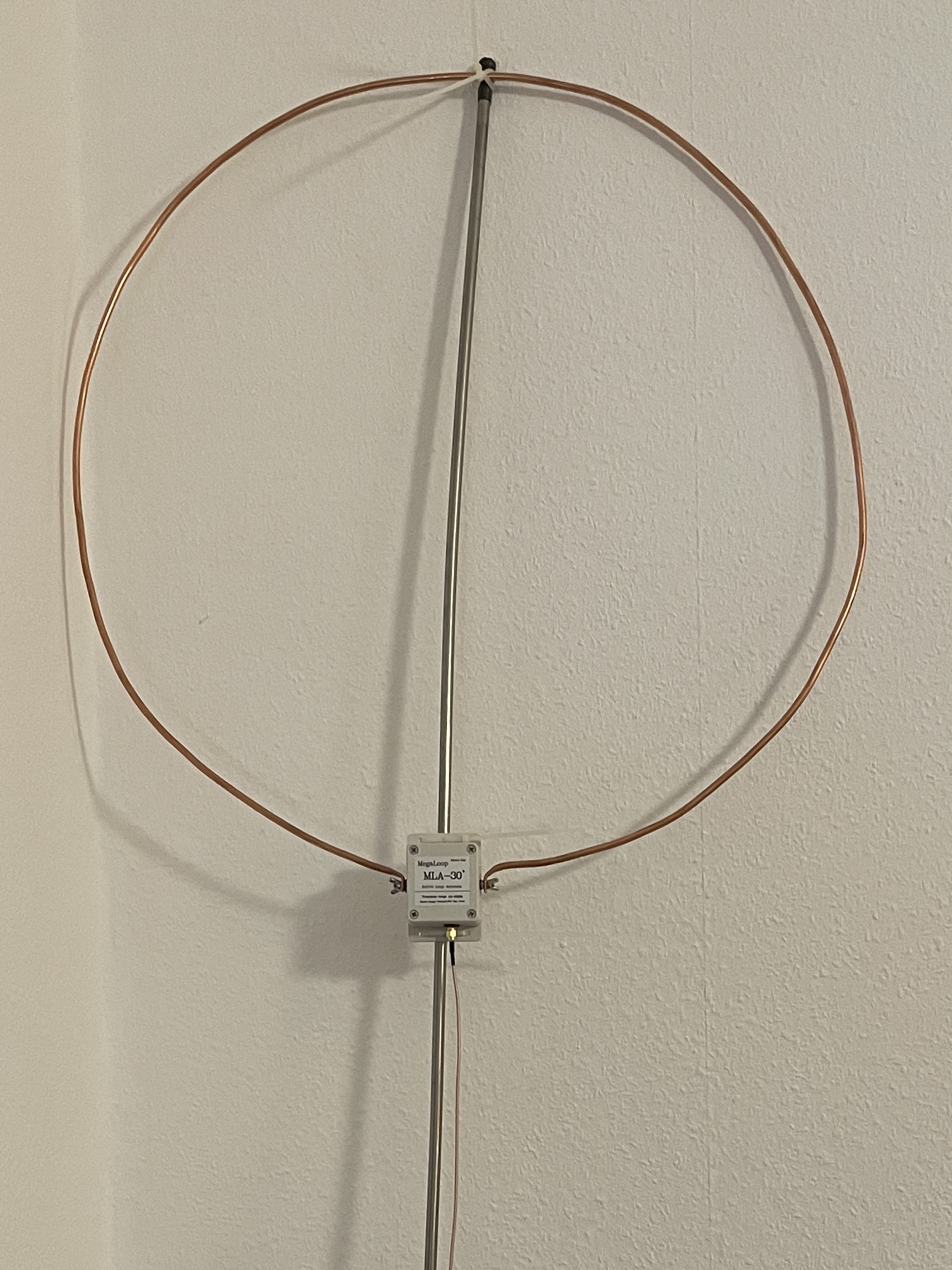The radio amateur SV2CZF makes some very interesting antennas and sells them on his website for a small fee: https://www.sv2czf.com
For a long time I had been tempted by the MWA30 (https://www.sv2czf.com/mwa30.html), which is a very small portable mini-whip that runs on battery power. Unfortunately, mini-whips must be well grounded, so I decided to use his latest antenna, the SAR32M. This one works even without good grounding and you can connect an antenna via a whip antenna like a telescopic or a loop.
Features
- Reception from 50 KHz to 175 MHz
- Built-in rechargeable battery which can be charged via Micro USB port (approx. 10 hours battery power)
- A normal whip antenna, like a telescopic antenna, can be connected
- A loop can be connected
- A loop and a telescopic antenna can be connected in parallel
- Impedance adjustment for shortwave
- Built-in Pre Amp for amplification
- Only suitable for receiving, when transmitting the SAR32M will be damaged directly
How to order
The SARM32M is already shown on the homepage, but cannot be ordered through it yet.
- Write a e mail in english to this adress: info@sv2czf.com
- By default, the SARM32M is delivered with BNC connectors. But you can also ask SV2CZF to install SMA connectors
- Antenna 94,99 € and shipping 6,99 €. The antenna is shipped in a bubble envelope and passed customs without any problems for me
- The shipping took for me from Greece to Germany only 5 days.
Experience in practice
I use the SAR32M mainly with my Malahit DSP2. Here, the SMA32M with the same 70 cm telescopic antenna, depending on the frequency range, can get out again about the 3 S-stages (for example, in the 40 m band). Unfortunately, the reception breaks in from about 50 MHz, so that e.g. 2 m works better without the SAR32M in between.
On the other hand, if you connect a loop, the SAR32M shows its potential. You can compare it well with the MLA 30 +, which also provides very good reception results. The loop made of wire, which is supplied with the MLA 30 +, also fits optimally to the SAR32M. However, any piece of wire or cable can also be used.
The battery life is about 3 times longer than the Malahits DSP2 with a 3400 mah cell. The great thing is that this makes the SAR32M perfect for portable use.
Here are two examples on the 40m band, received with the SARM32M and a 70 cm telescopic antenna. First CW:
Again with SSB with only a 70 cm telescopic antenna:
The performance is very very good.
From inside
On Facebook I found the following picture of the inside view. The legs are firmly glued and usually break off when you try to open the lid (yes, I tried 😉 )







































